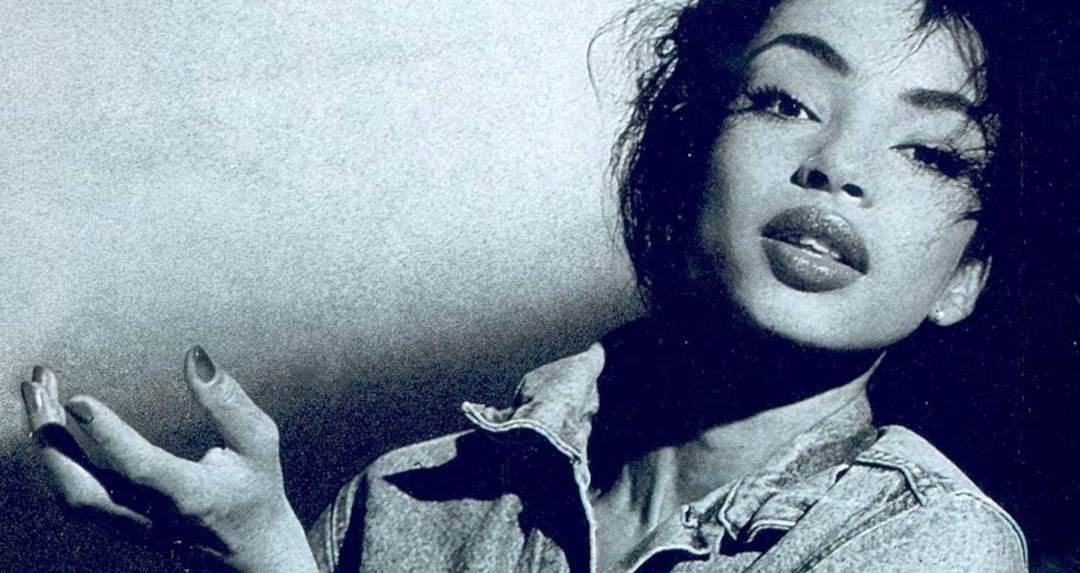
ART INSTITUTE REFLECTION
LIBERAL ARTS, DR. ROBERTS
During my first quarter at DePaul University, I attended Dr. Roberts’ LSP-111 class. One of my favorite assignments was to compare a work of art featured in the Art Institute of Chicago with a piece of music. The art piece I chose from the Art Institute was an Indian sculpture titled The Twenty-Armed Dancing God Ganesha, Remover of Obstacles, created in Madhya Pradesh in India in the 10th century. The song I married with this incredible sculpture was “Cherish the Love” by Sade.
Ganesha is a popular symbol in Hindu culture, often representing wisdom, understanding, and spiritual insight. According to legend, Ganesha was born from the loose flakes of skin belonging to the supreme goddess Parvati, creating Ganesha with the sole purpose of protection. When Parvarti’s consort Shiva discovered the stranger protecting her, Shiva flew into a terrible rage and accidentally decapitated his son. Quickly realizing what he had done, Shiva ordered his servants to fetch the head of the first creature that they found. The servants found an elephant’s head, and Shiva used the head to bring Ganesha back to life.
Cherish The Day by Sade
You’re ruling the way that I move
And I breathe your air
You only can rescue me
This is my prayer
If you were mine
If you were mine
I wouldn’t want to go to heaven
Sade’s Cherish The Day is a love song first and foremost. But it is also a heavily laden story, full of concern, hopefulness, and confusion. These themes are represented by the multiple hands of Ganesha, pointed and twisted in every which way. Despite the rough beginning of his existence, Ganesha is a symbol of intellect that one must possess to attain perfection in life; in other words, the ability to forgive and forget. Those who pray to Ganesha often do so before attempting anything new for the first time, as Ganesha is known for removing and/or placing obstacles before individuals depending on which actions they enact. Sade recognizes this in her lover, pointing out their seemingly flawless traits, even willing to forgo the eternal paradise in heaven for them.
Sade’s lyricism in Cherish The Day reflects her obvious emotions; she is deeply in love with her unknown partner. However, the obstacles that she faces seem to tell her that the other person doesn’t realize her affection for them, or perhaps, doesn’t even know who she is. It is the equivalent of conversing with a brick wall, although you know all too well that the wall is unlikely to reciprocate.
Cherish The Day - Chorus
Cherish the Day
I won’t go astray
I won’t be afraid
You won’t catch me running
Cherish the Day
I won’t go astray
I won’t be afraid
Won’t run away
The chorus of Cherish The Day reflects Ganesha’s protective behavior. He was created to protect his mother Parvarti from his father Shiva. Ganesha represents the optimum form of protection; neither abandoning his mission nor showing fear at the enormity of his most important task.

